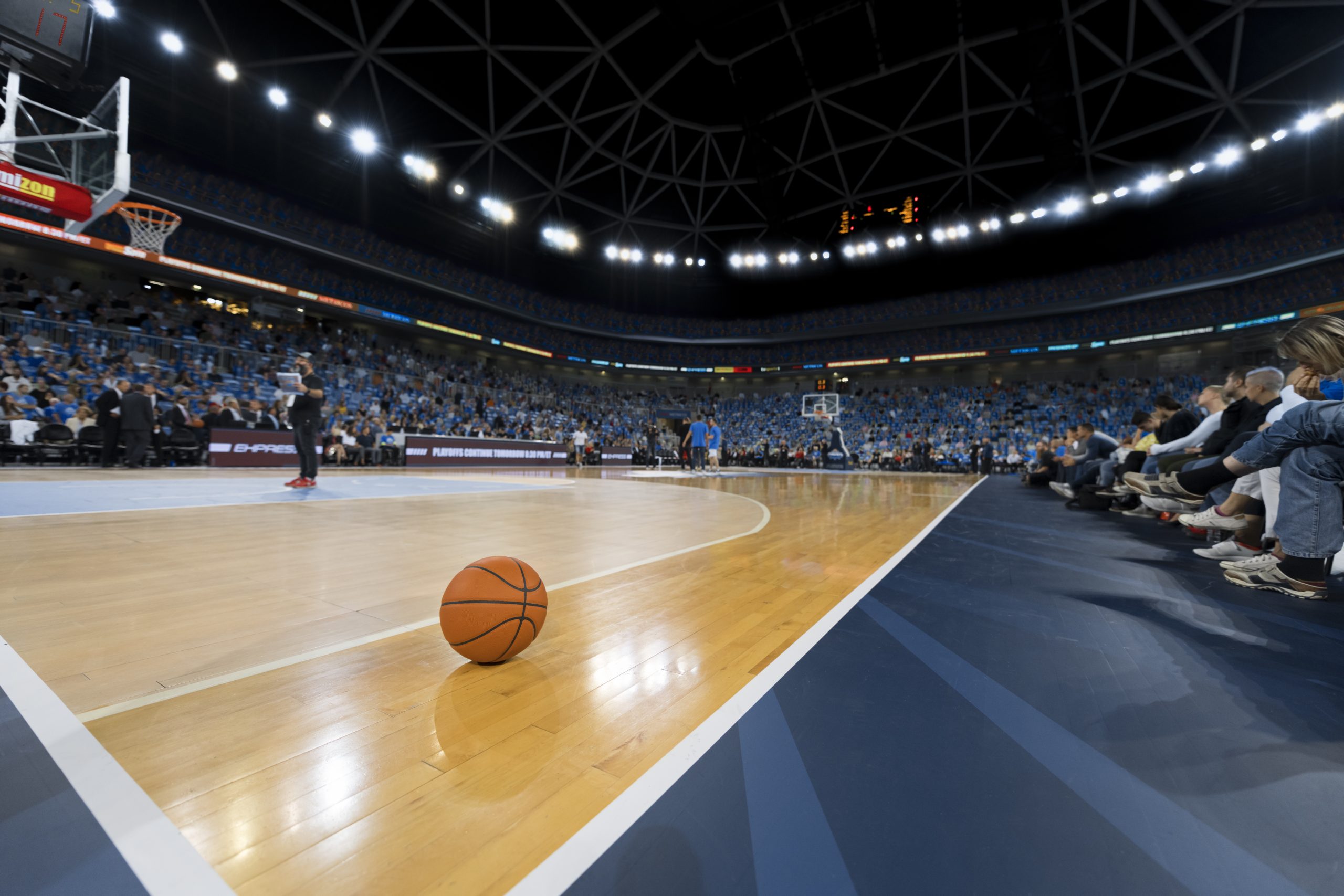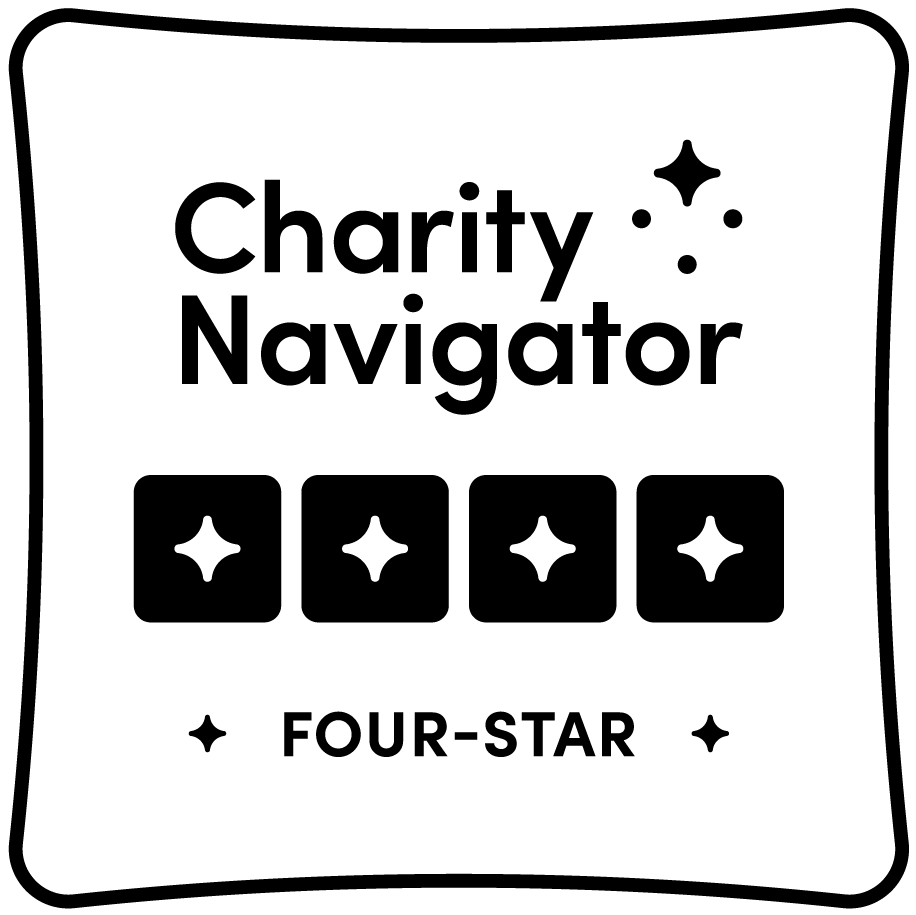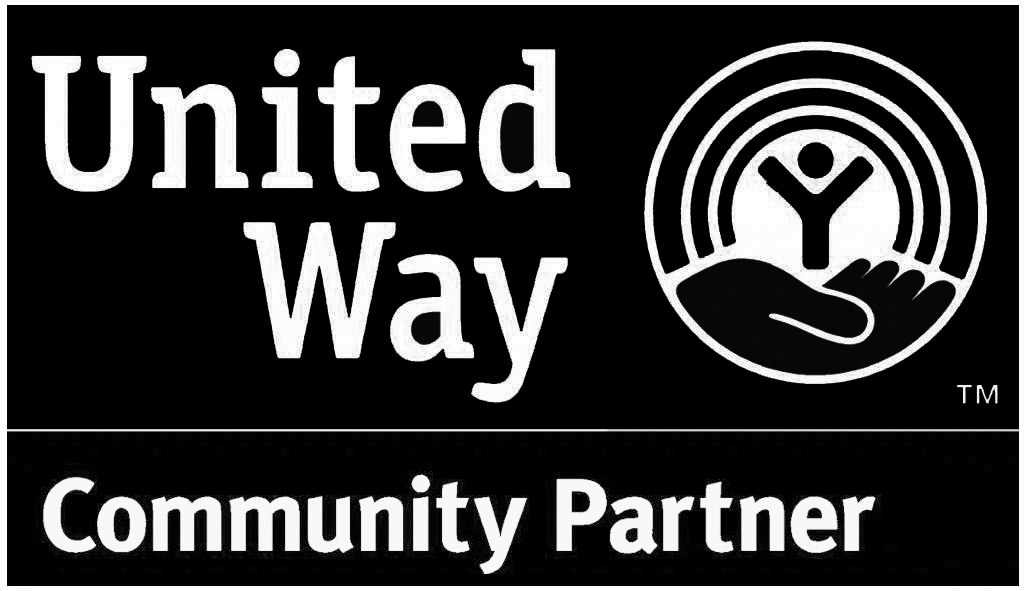Adam’s Journal
As pretty much every Oklahoma City Thunder fan knows, Indiana Pacers’ star Tyrese Haliburton entered game 7 of the NBA Finals with a calf strain. He made the decision to play, and within minutes he ruptured his Achilles tendon.
What’s the likelihood these two injuries were related?
Dr. Scofield Prescribes
Haliburton’s is the second high-profile Achilles tendon tear following a calf injury in the NBA finals. The first was Kevin Durant’s in 2019.
Haliburton’s tear came at the heels of a 2024-25 season that saw a surge in this injury. The Boston Celtics’ Jayson Tatum and Milwaukee Bucks’ Damian Lillard also suffered Achilles tears (although not, at least to my knowledge, after calf injuries). The NBA says it’s looking at this trend to understand what may be causing it.
With respect to the calf question, experts in the field disagree about whether a calf strain predisposes an athlete to an Achilles tendon tear. And, unfortunately, there’s not much scientific data to provide a more definitive answer.
Some of the problem is that calf strain is not a very precise term.
There are two major calf muscles: the soleus and the gastrocnemius. The gastroc is the big, more visible muscle beneath the knee, and it’s what most people think of when they think of the calf. It’s also the muscle more likely to be strained while performing intense activity, with strains typically happening quickly.
The soleus is a flat muscle located in the lower leg, beneath the gastroc. While the soleus can also be strained due to a sudden overload like jumping or sprinting, soleus strains are more likely to be chronic, overuse injuries.
The soleus and gastroc come together at the ankle and more or less turn into the Achilles tendon. The tendon is made up of collagen, which extends into both muscles and is stretchy – technically, it has high tensile strength. This stretchiness allows the tendon to withstand physical stress, up to six times a person’s weight.
However, if a person has a severe (what’s called a grade 3) strain of the gastroc, the muscle may have a reduced ability to respond to the stress of intense exercise. Still, the stress has got to go somewhere, and the somewhere may be the Achilles tendon.
At least that’s the idea. However, it’s not really proven.
Achilles tendon tears usually occur during what’s called eccentric contraction, which means the tendon is lengthening while under tension. So, whether in combination with or independent of calf injuries, the fast and explosive movements in basketball likely increase the risk of Achilles ruptures.
–
Dr. Hal Scofield is a physician-scientist at the Oklahoma Medical Research Foundation, and he also serves as Associate Chief of Staff for Research at the Oklahoma City VA Medical Center. Adam Cohen is OMRF’s senior vice president and general counsel. Send your health questions to contact@omrf.org.



